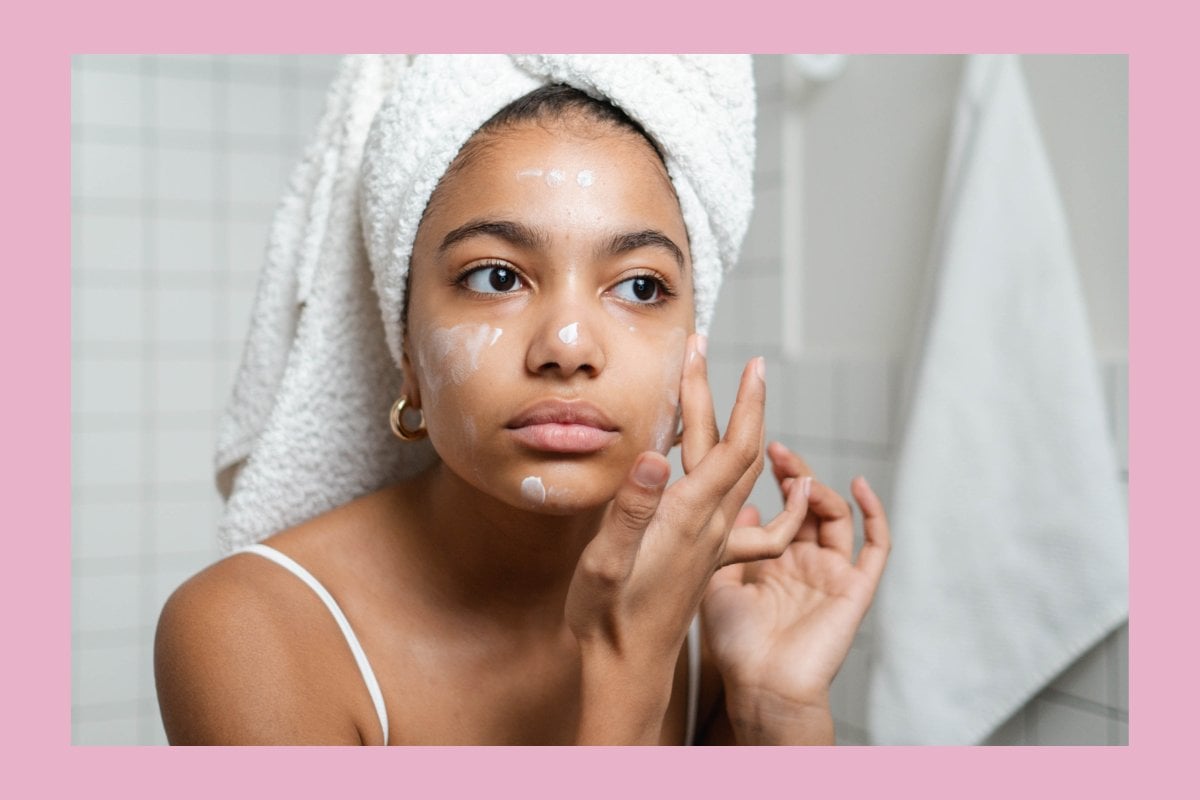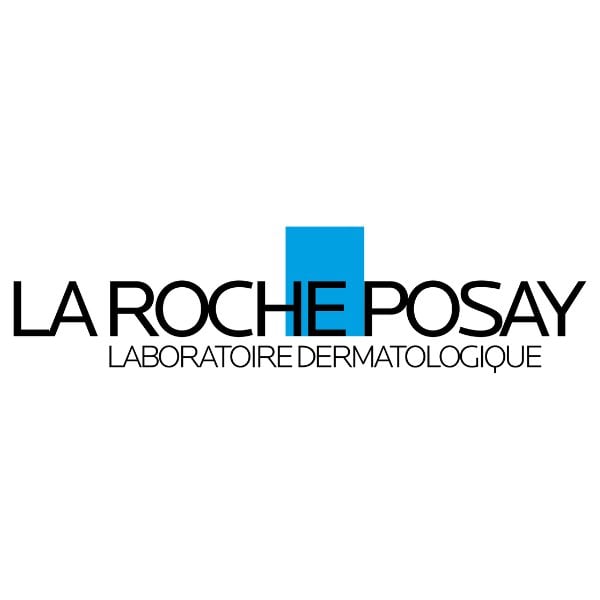

It is a truth universally acknowledged that when it comes to skin cancer prevention (and anti-ageing), sunscreen is the holy grail of skincare products. This means I can (thankfully) rest easy knowing that all is right in the world.
But it also means that when it comes to SPF products, your options are pretty limitless. For indecisive people like me, this makes things a little... well, tricky.
From decoding ingredient lists to standing there helplessly in the sunscreen aisle as you ponder all the different selections, it’s all just very overwhelming. If there’s one step you want to get right in your skincare routine, it’s this one.
To help us confused gals out, dermatologist Dr Cara McDonald spoke to Mamamia on all things sunscreen. Here’s what she said we need to know.
How do I know a ‘good’ sunscreen from a ‘bad’ one?
This tends to be the most challenging feat when it comes to picking a sunscreen. How do I actually know if I’m picking up a good one? Well, Dr McDonald says it’s all in the label (and formula).
Basically, “in Australia we should be looking for sunscreen that is TGA approved. These are manufactured and labelled differently to secondary sunscreens,” she tells Mamamia.
From there, we should be considering the type of coverage it provides.
“We should then look at the labelling to ensure it is high SPF (50+) and also labelled ‘broad spectrum’. SPF, which stands for Sun Protection Factor, is a measure of how many times longer you are protected from UVB rays before you will burn, when compared to no protection at all. Broad spectrum means that the product is also proven to adequately protect against UVA light which is important to reduce both skin cancer and premature ageing,” Dr McDonald explains.